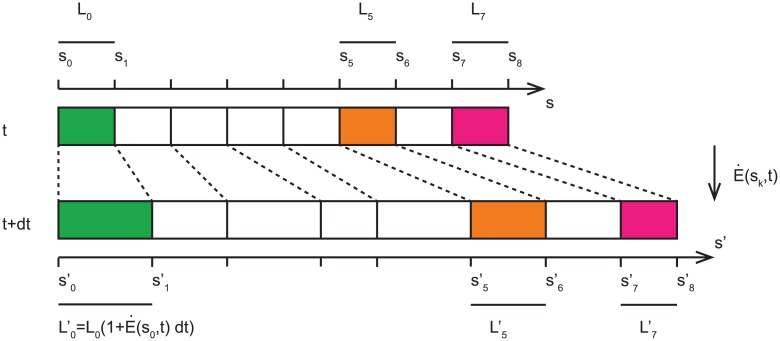Fig 4. An illustration of the material derivative.
As a simplification, a plant organ can be seen as a succession of elongating elements. Their position along the curvilinear abscissa is given by the lowest position of the element si, and its length defined by the position of the subsequent element; Li = si+1 − si. For example the 5th element, in orange, starts at point s5, and its length is defined by L5 = s6 − s5. For simplicity we assume that at time t, all elements have identical length of Li = L0, and an elongation rate is applied to each element of the organ during a time dt. The elongation of each element is then . The difference in length for each element is then . In the example of the first element (in green), the position is not modified, i.e. , since this is the basal point which is fixed. However the increase in the element’s length shifts the positions of all other elements, e.g. the next element originally at position s1 is now at a position . The second element is pushed by the elongation of both the basal element at s0 and the next element at position s1. Following this argument, the displacement of any element is then given by the sum of the elongations of all previous elements, . The velocity of an element is then given by the displacement of this element divided by the time interval dt. In the continuous limit, L0 → ds, this velocity is given by . It is important to note that even if locally no elongation occurs, for example for the last element shown in pink with , the element is still displaced due to the displacement of previous elements. The change of curvature along the organ can be understood in a similar fashion (see Figure 1 in [14]).

